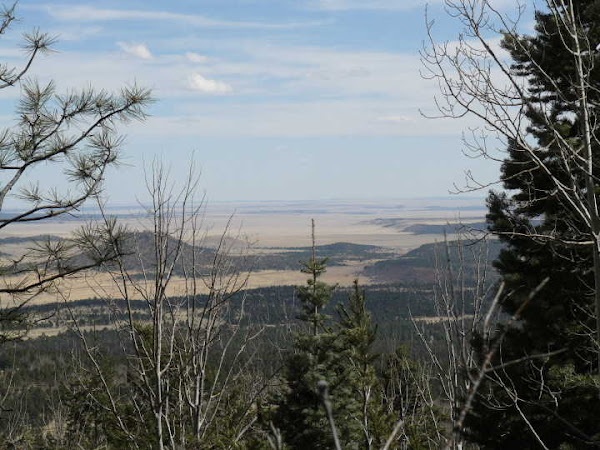RIFLE, Colo. — Standing in a canyon in hilly terrain, Ken Neubecker cast his fly into a cold stream. Minutes later he had a bite. Thrashing at the end of his line was a speckled green fish, a scarce Colorado cutthroat trout.
Mr. Neubecker was fishing on the Roan Plateau, a high stretch of terrain beloved by hunters, anglers and hikers for its clear streams, herds of deer and elk, and rugged beauty.
“There just aren’t many places like this in the West,” Mr. Neubecker said. “It’s a real gem.”
Energy companies are looking at the Roan Plateau, too — through entirely different eyes. Vast deposits of natural gas are believed to lie beneath the stretch on which Mr. Neubecker was fishing, and the companies want to drill.
“What is really special about the Roan Plateau, these lands in particular, is the incredible energy density beneath it,” said Duane Zavadil, vice president of the Bill Barrett Corporation, a Denver energy company that holds drilling rights to the Roan.
The company’s plans are at the center of a battle over the future of the plateau, one that could influence the fate of thousands of acres in the high country known as the intermountain West.
A last-minute leasing push by the Bush administration put extensive federal lands in Utah and Colorado into the hands of oil and gas companies, including 36,000 acres of the Roan Plateau. The Obama administration has inherited the touchy question of what to do with those leases.
As one of his first decisions, Ken Salazar, the Coloradan who is President Obama’s interior secretary, scrapped a series of disputed leases in Utah. Last week, he announced that he would seek an investigation into other leases that granted favorable terms and low royalty rates for experimental projects to extract oil from shale.
But so far, Mr. Salazar has decided against canceling leases on the Roan, saying that he must uphold the buyers’ rights.
Sporting and environmental groups are suing the government in federal court, demanding that the leases be thrown out, and a preliminary ruling is expected this fall........continued........























